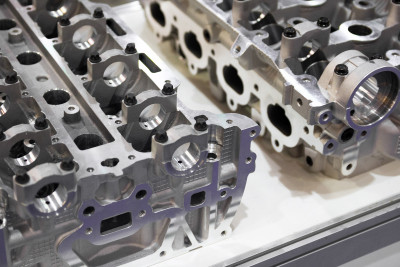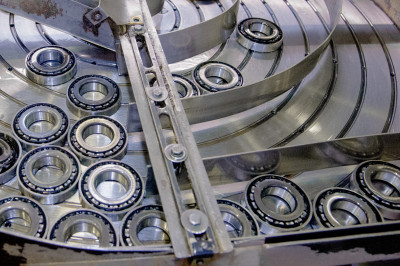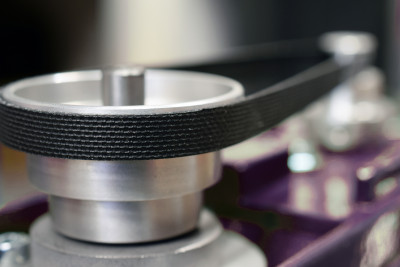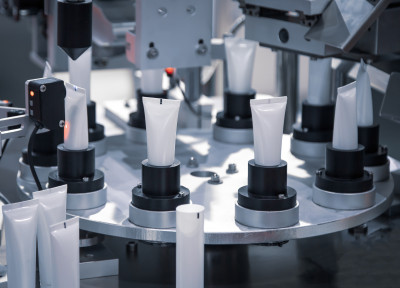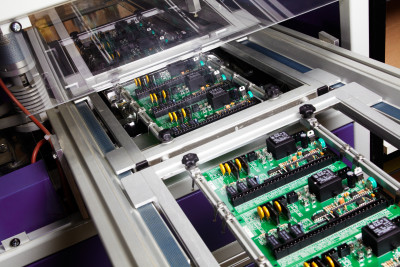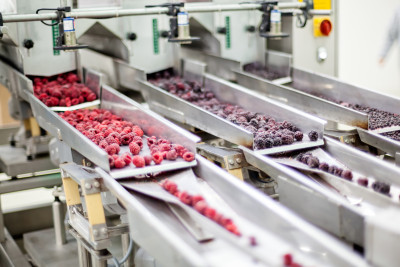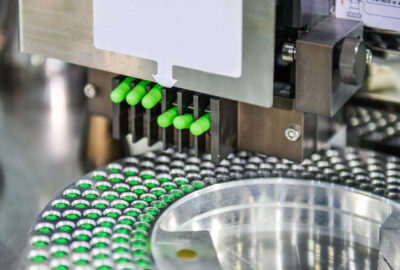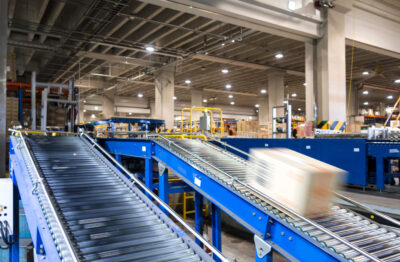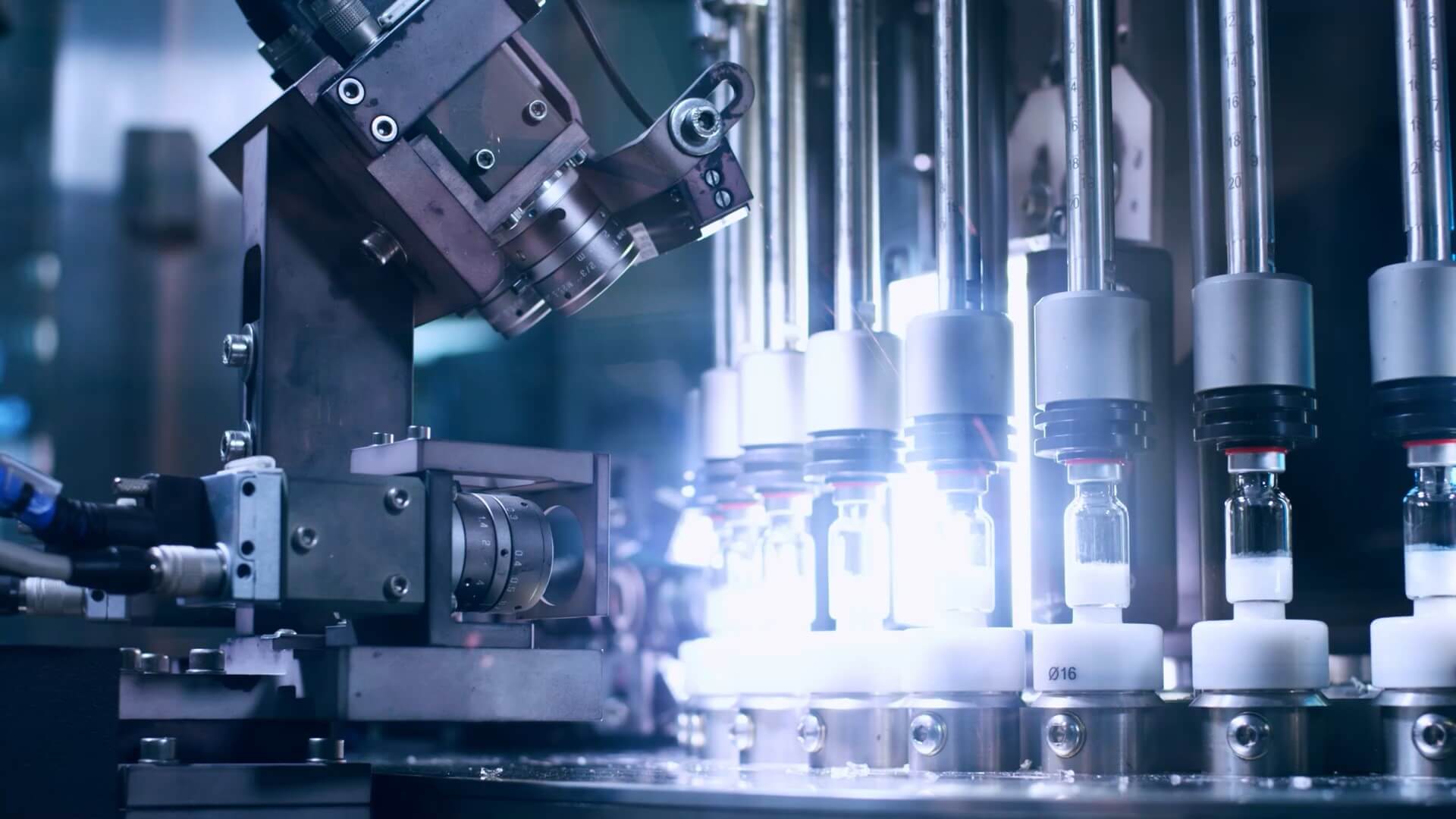
AI-Based Visual
Quality Control
With Maddox AI, you can reliably automate and digitise your quality control by simply annotating a few defect images - without any investment risk!
About our solutionOK 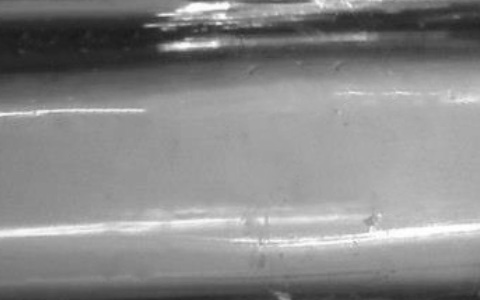 |
Scratch 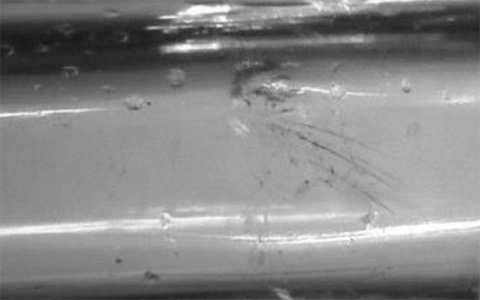 |
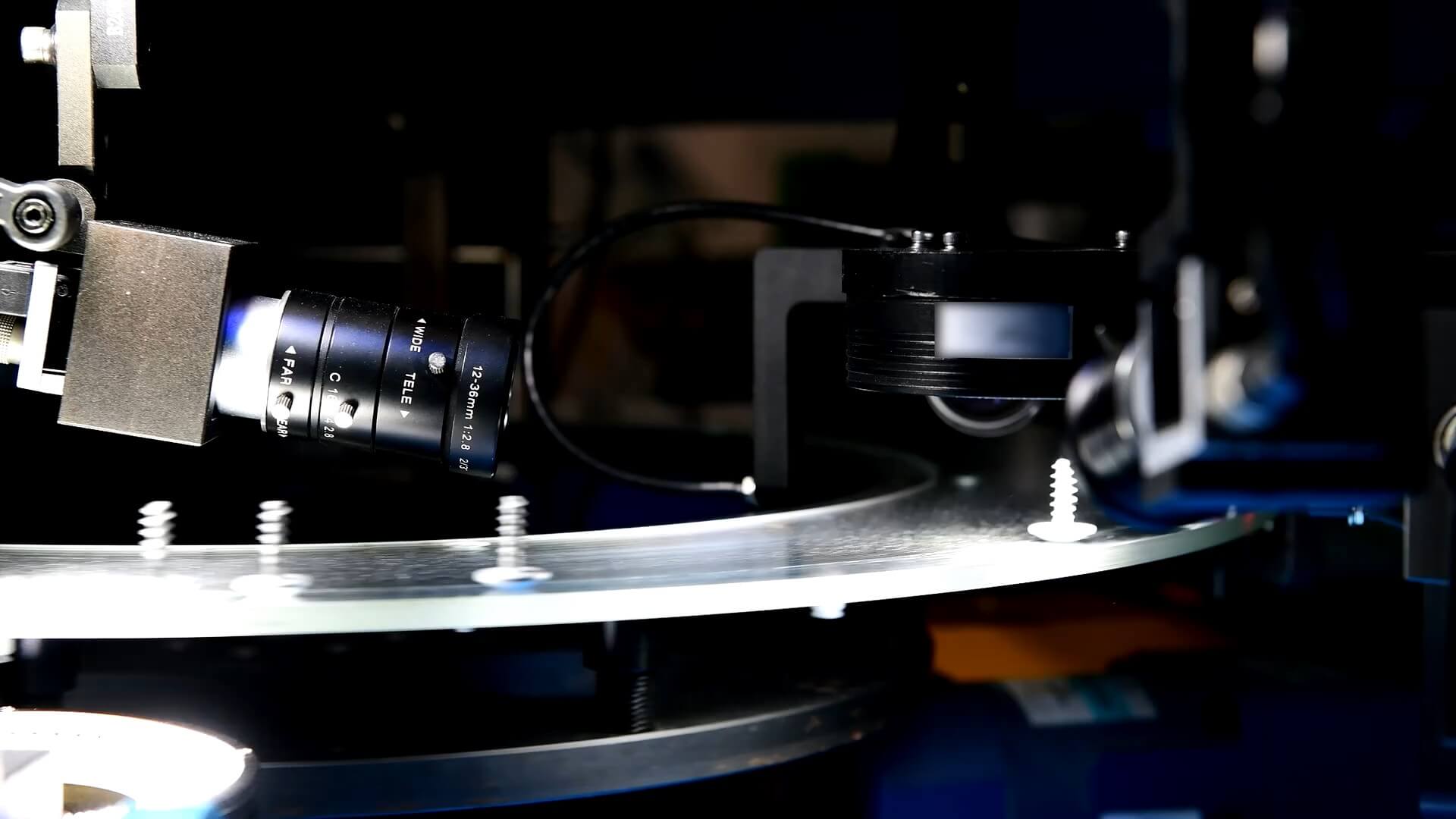
Quality Control
With Maddox AI, you can reliably automate and digitise your quality control by simply annotating a few defect images - without any investment risk!
About our solutionOK 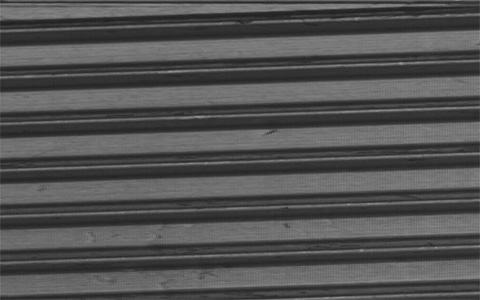 |
Burr 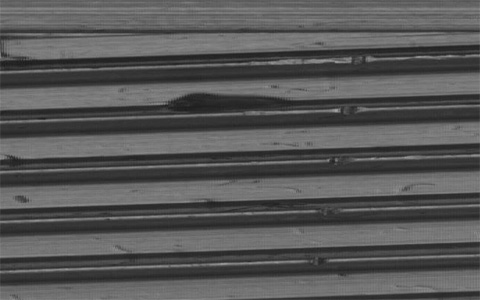 |
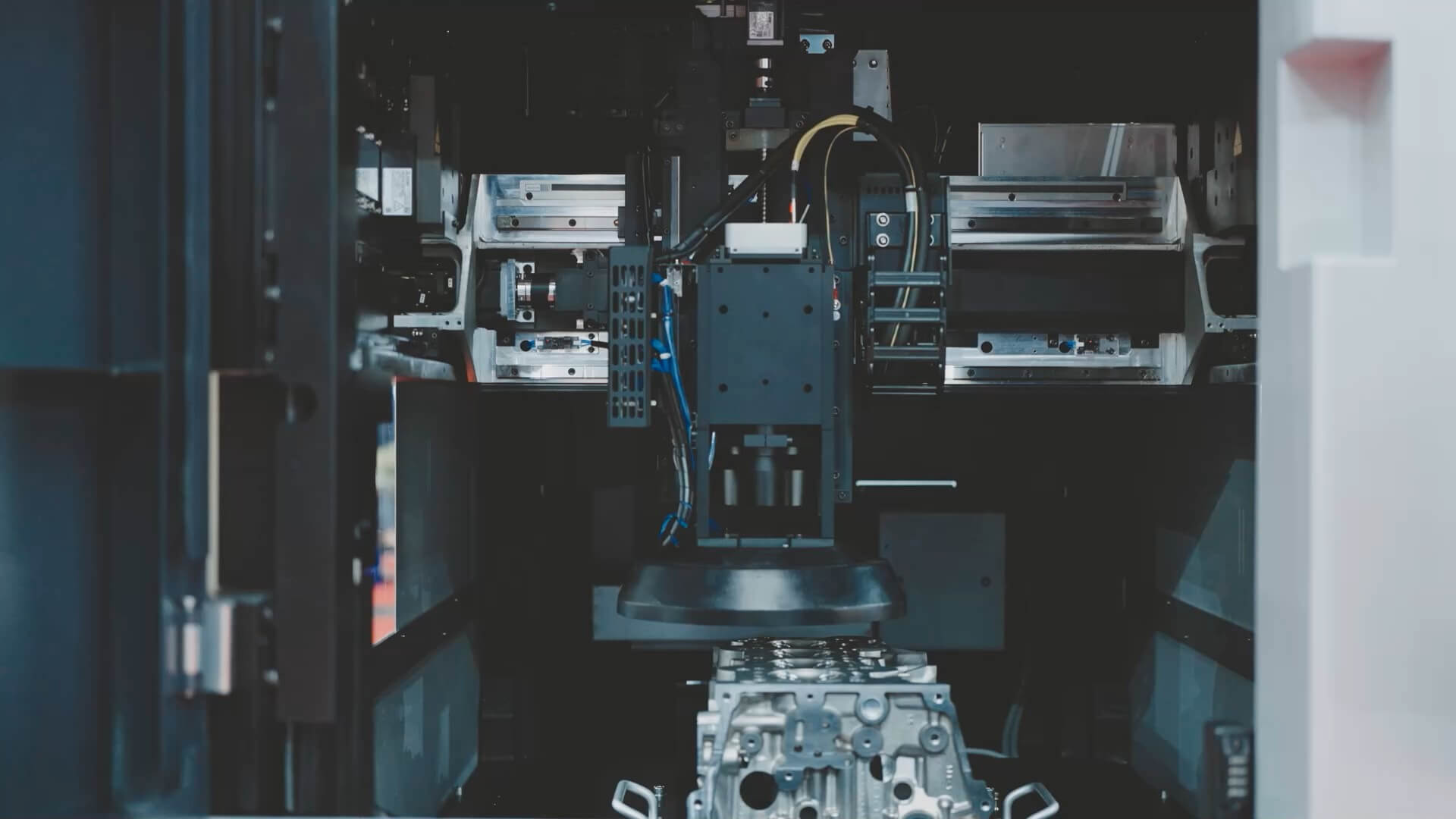
Quality Control
With Maddox AI, you can reliably automate and digitise your quality control by simply annotating a few defect images - without any investment risk!
About our solutionOK 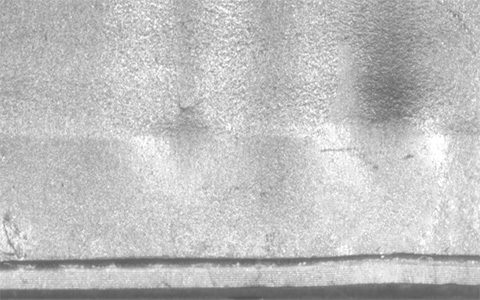 |
Impact Point 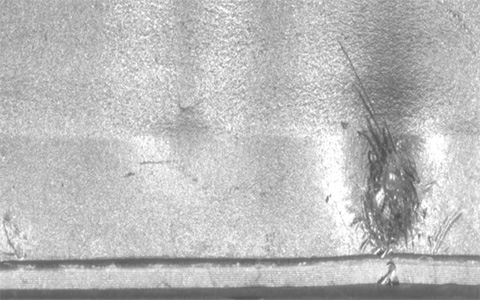 |




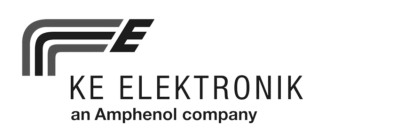



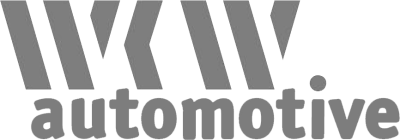



















Maddox AI: Your Benefits at a Glance
Free White Paper: Why Aren't More Companies Using AI-Based Visual Inspection Systems?
Our Cloud Software at a Glance
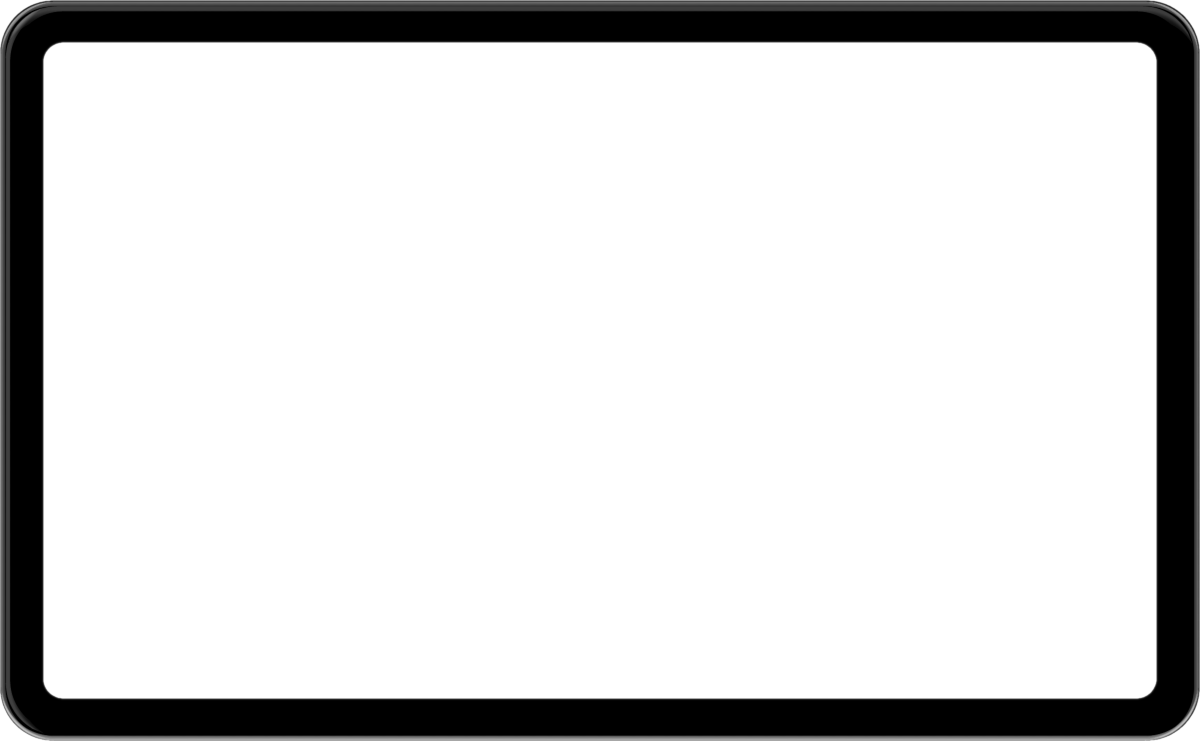
Easy creation and maintenance of digital fault catalogues
Intuitive annotation of errors to be detected automatically
Transparent feedback on whether data quality is sufficient to train AI models
Train AI models with a few clicks
Reliable updating of models in your production lines
Easy creation and maintenance of digital fault catalogues
Intuitive annotation of errors to be detected automatically
Transparent feedback on whether data quality is sufficient to train AI models
Train AI models with a few clicks
Reliable updating of models in your production lines
Powerful Hardware Solutions for Individual Inspection Tasks
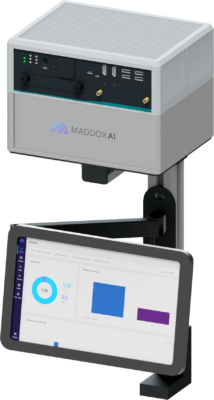
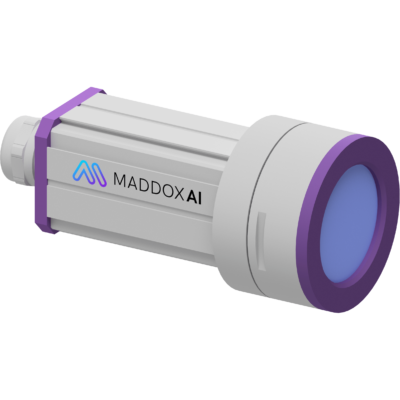
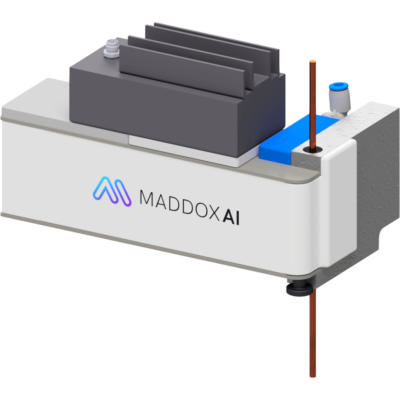
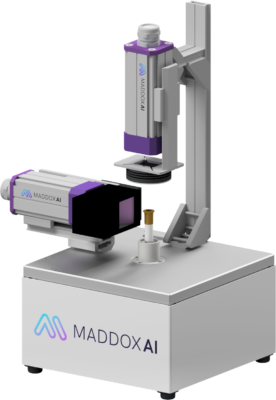
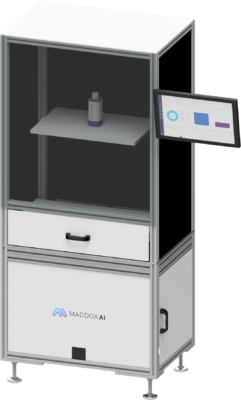
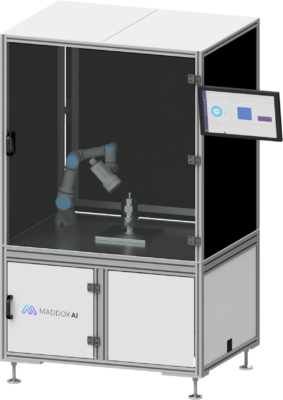
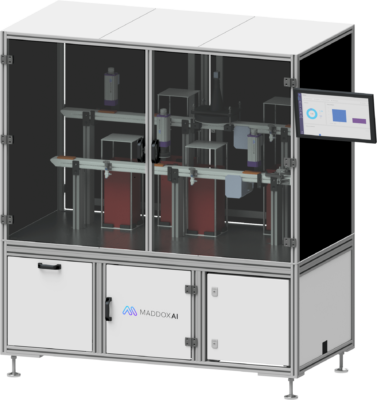
Many Inspection Tasks Can Be Automated With Maddox AI
Pharmaceutical and Medical
- All
- Automotive
- Consumer Goods
- Electronical
- Energy Technology
- Food and Beverages
- Logistics
- Metal
- Pharmaceutical and Medical
- Plastic
Component Detection
- All
- Code Recognition
- Component Detection
- Positioning Errors
- Surface Inspection
Cardboard
- All
- Cardboard
- Copper
- Dough
- Metal
- Paper
- Plastic
- Rubber
- Steel
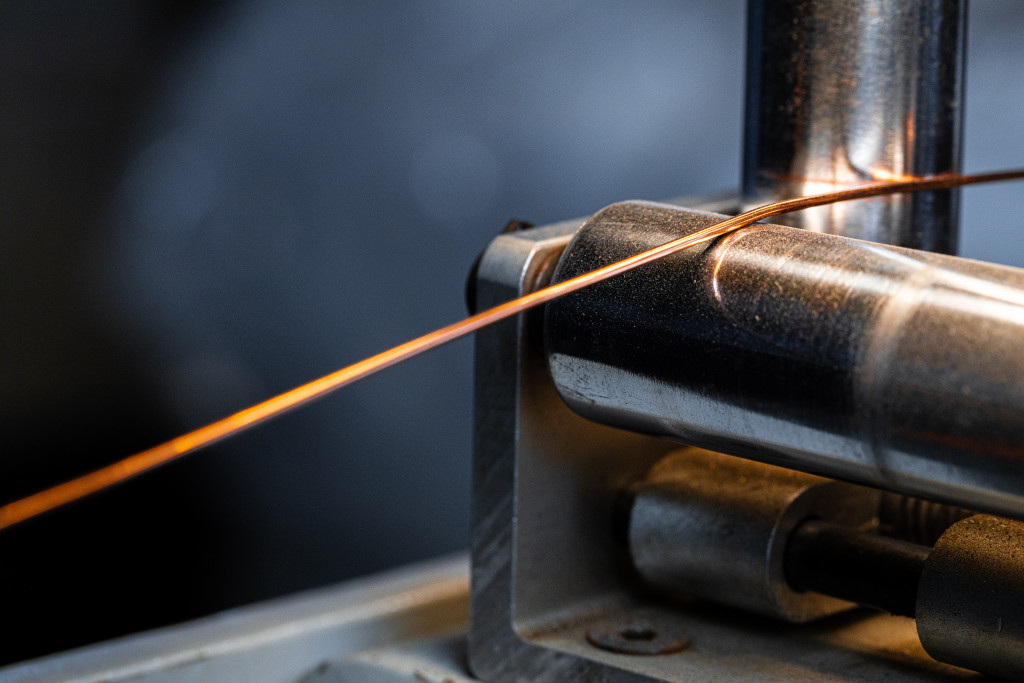
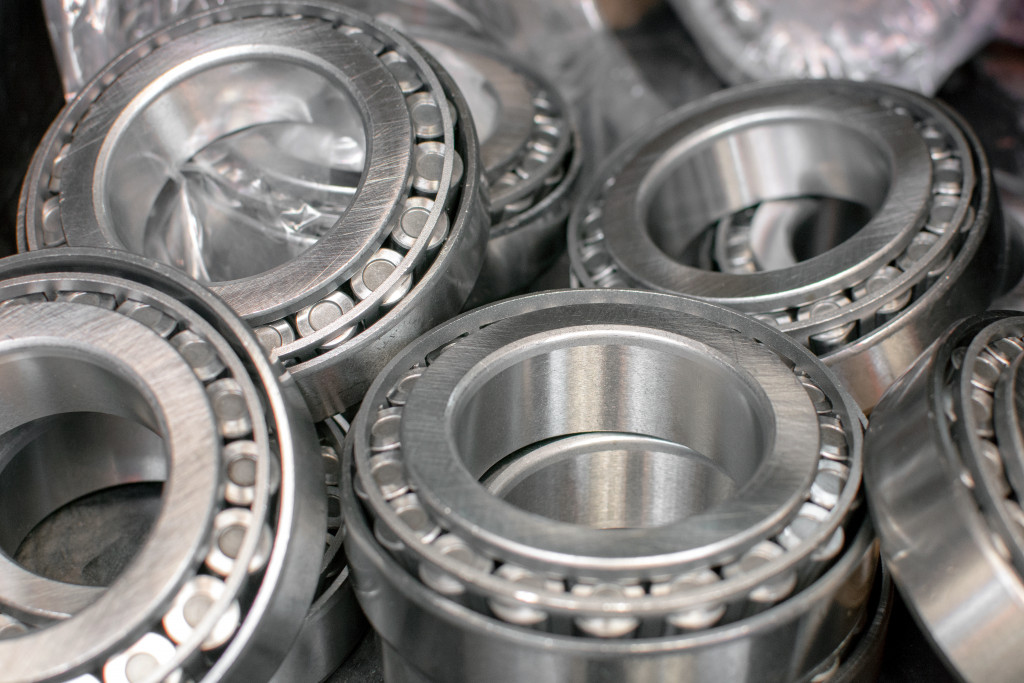
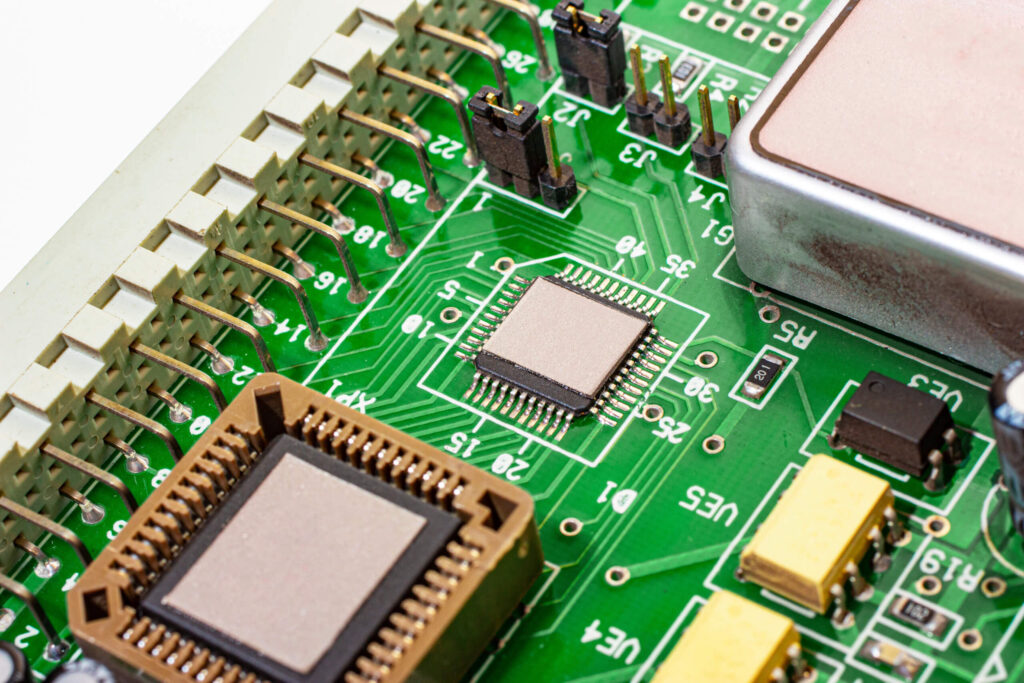
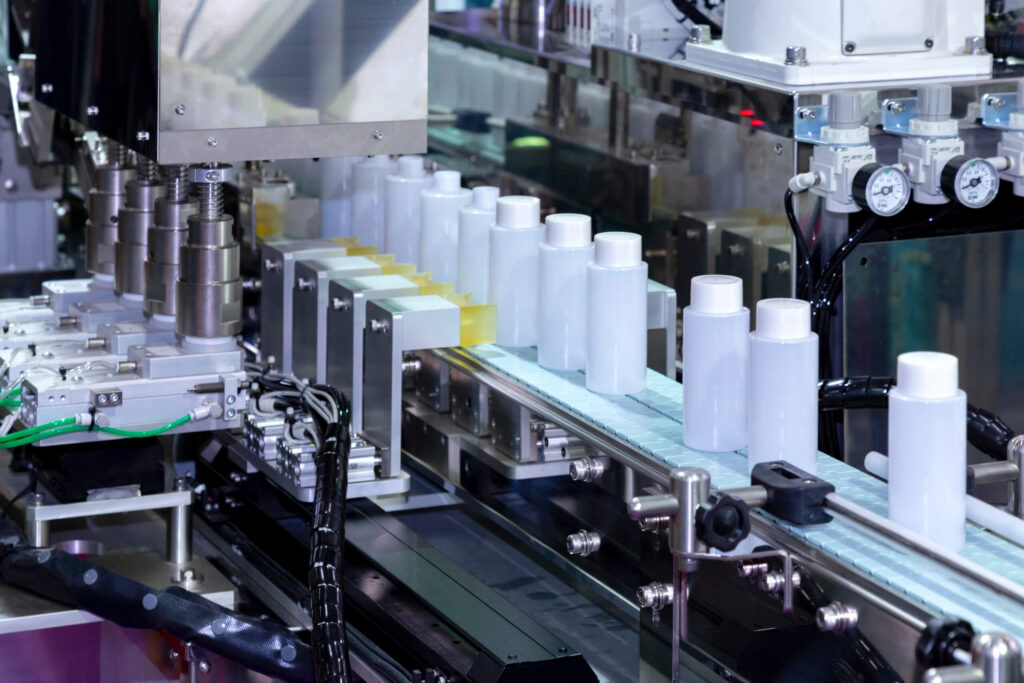
Industry Overview: Diverse Applications in Quality Control
Your data is safe with us!
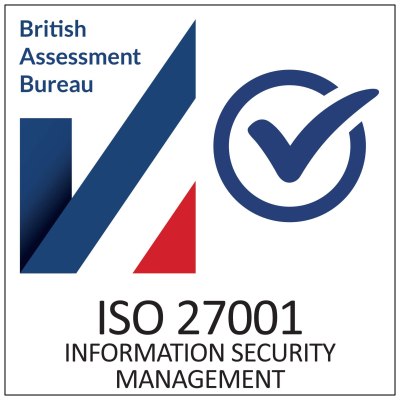
Our information management system is certified to meet the latest ISO 27001:2022 standards, ensuring the highest level of data security. Rest assured that your valuable data is well protected in our care. With continuous monitoring and improvement, we prioritize your information security at every step. Additionally, all data is processed and hosted exclusively in Germany.



